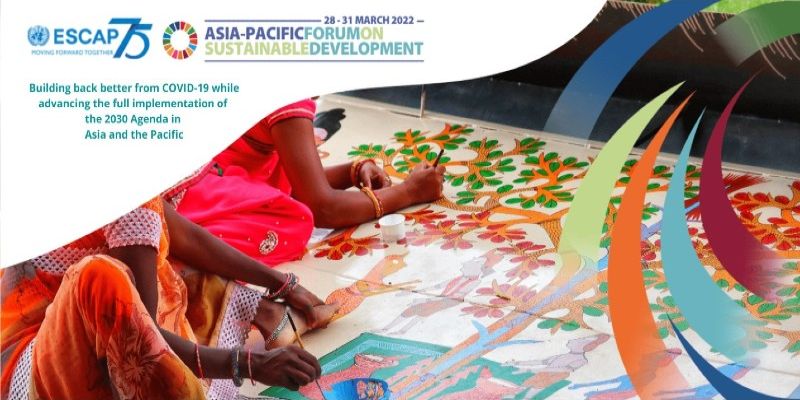Sabkha Ecosystems, Volume VI: Asia/Pacific
 The functioning of important salt-tolerant ecosystems, including high productivity seagrass beds, coral reefs, macro-algal reefs, mangroves, salt-marshes, needs to be balanced, and, in many cases, adverse trends need to be reversed, repaired, and offset.
The functioning of important salt-tolerant ecosystems, including high productivity seagrass beds, coral reefs, macro-algal reefs, mangroves, salt-marshes, needs to be balanced, and, in many cases, adverse trends need to be reversed, repaired, and offset.
This scientific documentation consists of six volumes, dealing with hypersaline ecosystems of the world. It has been initiated and supported by UNESCO and provides the most comprehensive set of information, data, conclusions, recommendations, answers and inspiration to two main questions:
- How to use of the vast volume of saline waters, areas of saline soils, and salt-tolerant plants, without competing against agricultural lands, in support of food-security, clean-energy, jobs and economic growth?
- What halophyte-biodiversity aspects need to be considered for ecosystem development, nature restoration and climate action?
It is time to apply some of the innovations demonstrated in these volumes, to turn from experiments to long-term pilot studies. This is necessary in order to obtain solid scientific data for large-scale applications. Studying halophyte and sabkha ecosystems will contribute to achieving the United Nations Sustainable Development Goals Zero Hunger, Clean Water, Clean Energy, Climate Action, Economic Growth, Sustainable Communities and Biodiversity on land and below water.
This publication is available at https://link.springer.com/book/10.1007%2F978-3-030-04417-6





